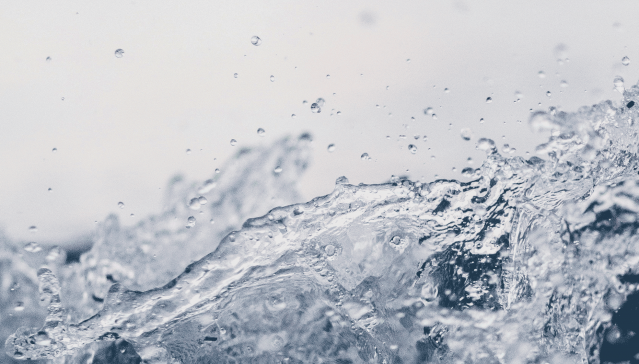FAQ's About Water Quality

Frequently asked questions about water quality concerns.
What causes color and sediment in my water?
Color and sediment are generally caused by the customer’s service line or internal plumbing. However, they may occur after a water main repair. If this happens, flush the line by turning on the water (low flow) at the faucet the furthest away from the meter for approximately ten (10) minutes. If the problem persists after flushing, please refer to our chart above to determine the possible cause and solution before contacting Customer Service.
What causes the taste and odor I sometimes notice in my water?
TWC uses chlorine to disinfect the water, which may produce a detectable taste and odor. Although TWC utilizes surface water from Canyon Reservoir for over 55% of its water supply, other tastes and odor issues are due to the use of groundwater and the natural minerals found in groundwater. Taste and odor from using groundwater can easily be solved using an inexpensive water filter that attaches to the faucet inside the home or business.
Does TWC water contain fluoride?
TWC does not fluoridate its water. Fluoride occurs from the erosion of natural deposits and is mostly found in our groundwater supply. However, surface water may contain trace amounts of fluoride. TCEQ has set the maximum level allowed in a public water system at four (4) parts per million gallons. Please refer to the Consumer Confidence Report for your location to determine the level of fluoride detected.
People are allowed to swim and go boating in our reservoir Should I worry about this?
Although the swimmers and boats add some pollution, this pollution is diluted by the water in the lake or reservoir, and it is very minimal. In addition, the water is thoroughly treated before it reaches you, and any contamination is removed. Fires, litter, and stormwater runoff are far worse than this pollution.
What are disinfection byproducts?
Disinfection byproducts such as Trihalomethanes (TTHM)* and Haloacetic Acids (HAA5)** are formed when chlorine is added to drinking water during the water treatment. In addition to destroying disease-causing organisms, chlorine reacts with naturally occurring organic matter (dissolved leaves and other vegetation) to produce disinfection byproducts. Disinfection byproduct formation continues as long as the water remains in contact with chlorine. Customers may see The Texas Water Company Operators flushing water mains to reduce TTHMs and HAA concentrations and keep water safe for our Customers. For more information on this subject, you can contact the EPA Safe Water Drinking Hotline at 1-800-426-4791.
* Trihalomethanes (THM) is a group of four chemicals that are formed along with other disinfection byproducts when chlorine or other disinfectants used to control microbial contaminants in drinking water react with naturally occurring organic and inorganic matter in water. The trihalomethanes are chloroform, bromodichloromethane, dibromochloromethane, and bromoform. EPA has published the Stage 1 Disinfectants and Disinfection Byproducts Rule to regulate total trihalomethanes (TTHM) at a maximum allowable annual average level of 80 parts per billion.
** Haloacetic Acids (HAA5) are a group of chemicals that are formed along with other disinfection byproducts when chlorine or other disinfectants used to control microbial contaminants in drinking water react with naturally occurring organic and inorganic matter in water. The regulated haloacetic acids, known as HAA5, are monochloroacetic acid, dichloroacetic acid, trichloroacetic acid, monobromoacetic acid, and dibromoacetic acid. EPA has published the Stage 1 Disinfectants/Disinfection Byproducts Rule to regulate HAA5 at 60 parts per billion annual average.